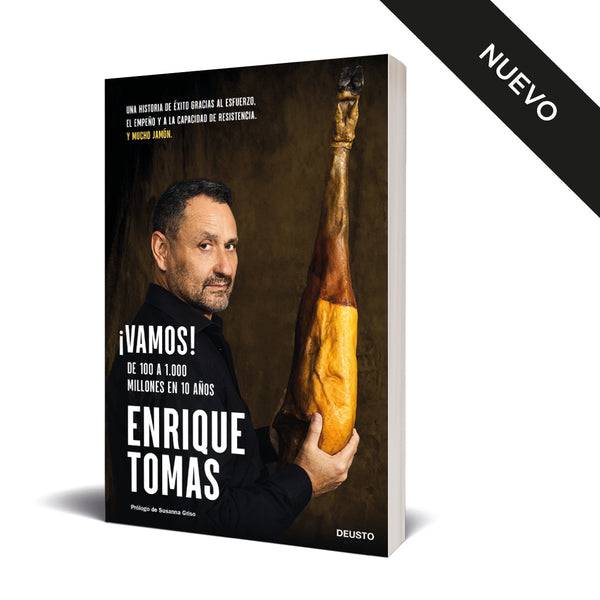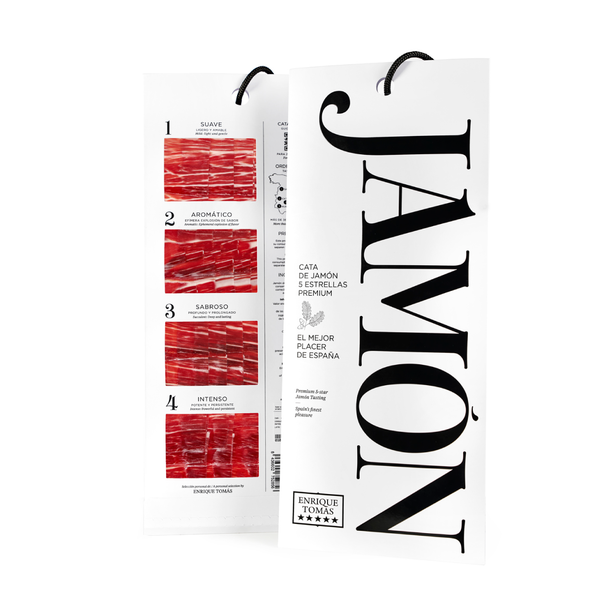
How much does a ham usually weigh?
Iberian ham regulation establishes the minimum weight that the hind and front legs of pigs must have to be commercialized. When buying ham, it's important to pay attention to its origin and weight and to visit a trusted store like Enrique Tomás to ensure that your product is top-quality. But how much does a ham usually weigh? Let's find out.
How Much Should a Ham Weigh?
Each Iberian pig has two ham legs and two shoulders, and the combined weight of these four extremities and the rest of the pig's body should be between 150 and 180 kg. Pigs are ready for slaughter when they reach this size. But how much does each ham usually weigh?
According to Spanish regulations, each Iberian ham should weigh about 5.75 kg if it's from a 100% Iberian pig. In the case of the front shoulder (paletilla), the measurements are slightly smaller. An Iberian front shoulder has a minimum weight of around 4 kg, and if it's 100% Iberian, it usually has a minimum weight of 3.7 kg. With that said, what is the total weight of acorn-fed Iberian pigs? Let's take a closer look.
How Much Should an Iberian Pig Weigh to Produce Ham?
At Enrique Tomás, we only sell the best ham and front shoulders, and to obtain them, we make sure our producers take care of the pigs from birth. That's why they are supervised at all times.
The Iberian pigs chosen for the "montanera" (free-range feeding on acorns) are selected by the producers based on the number of acorn-fed hams and front shoulders they want to produce. For example, if a producer wants to obtain 50 hams and 50 front shoulders, they will take 25 Iberian pigs to the pastures. To be taken, the pigs must exceed a certain weight of 92 kg.
At that point, the pigs are thin and very hungry because they have mainly been fed with feed. When released into the wild, they feed on the acorns that naturally fall from the trees, grass, and anything they find along the way. To find food, they move around, and the exercise they get, combined with the natural ability of Iberian pigs to infiltrate fat into the muscle and their diet, results in a very juicy product. When they move, they build muscle, and when they build muscle, they infiltrate fat.
 Iberian Pig in the Dehesa
Iberian Pig in the Dehesa
In the Dehesa
Initially, the pigs are released in the highest part of the pastures and gradually move downward. When they reach the flatter area, they have gained weight, usually reaching about 140 kg. When they weigh around 160 kg., they are ready to be used for ham production.
But what if they don't reach this weight? Keep in mind that when they leave the "montanera," they need to gain half of the weight they had when they entered, which is about 46 kg. Pigs that, for











